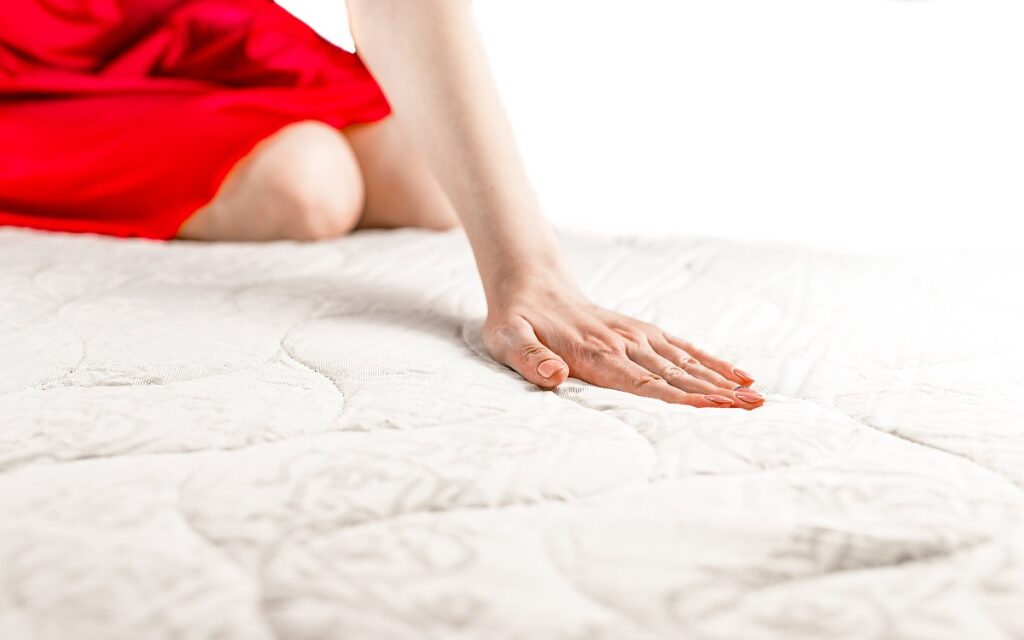Are you looking for tips on how to make a memory foam mattress softer and increase your comfort levels? Memory foam mattresses are designed to provide superior comfort and support, but some people find them too firm for their liking. Fortunately, there are several simple and effective ways to make your memory foam mattress softer, such as adding toppers, using mattress pads, and adjusting the temperature of the room. In this article, we’ll discuss these methods and more, so you can make your memory foam mattress as comfortable as possible.
Benefits of Memory Foam Mattress
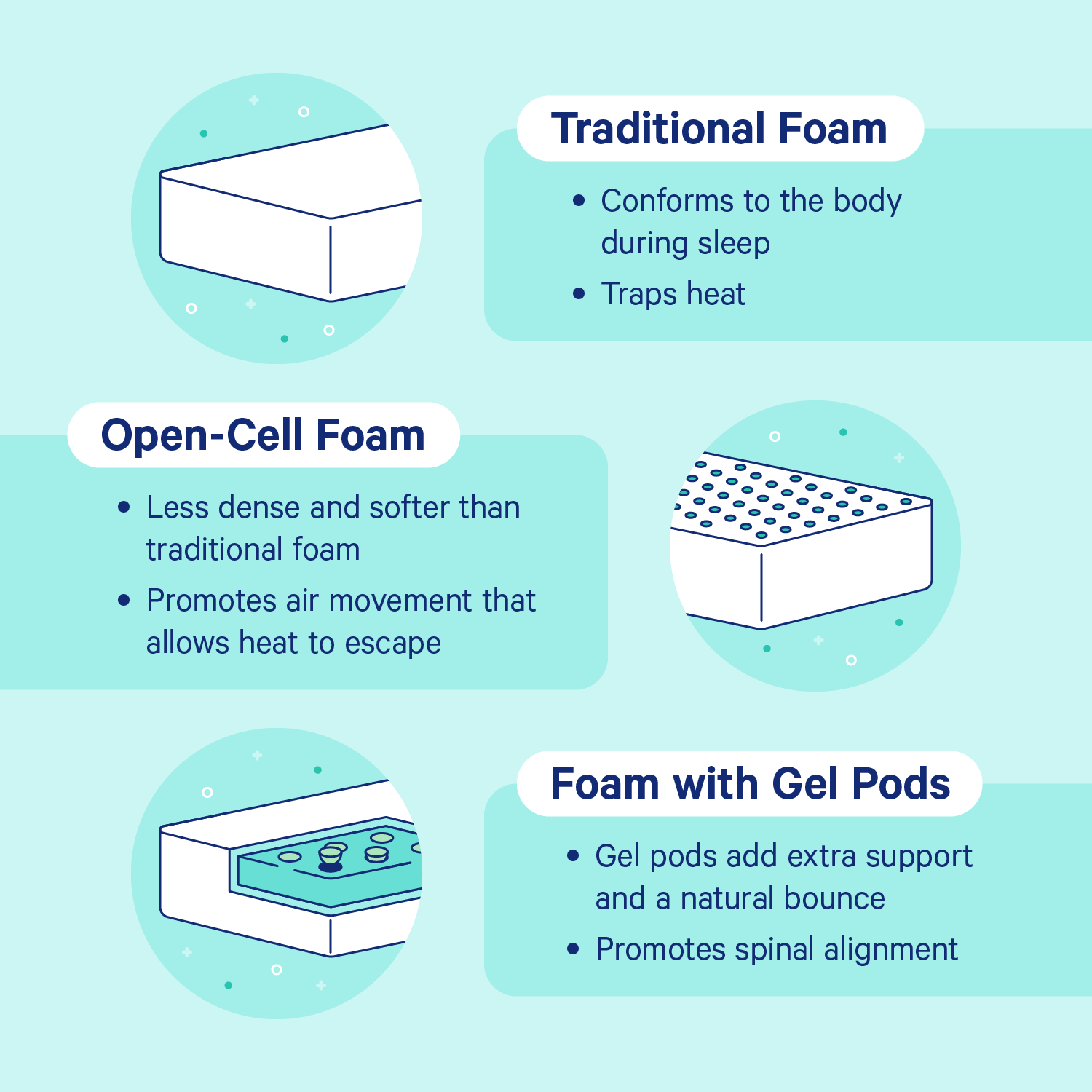
Memory foam mattresses are popular for their contouring pressure relief and motion isolation. They are known to provide good support, reduce points of pressure and help reduce tossing and turning. Memory foam mattresses can also help provide relief from chronic back and neck pain. They are also often recommended by medical professionals due to their ability to align the spine and reduce pressure on the hips and shoulders. Many people find memory foam mattresses extremely comfortable and may struggle to find a mattress that is softer and more comfortable. One way to make a memory foam mattress softer and increase comfort levels is to add a mattress topper. Mattress toppers are an economical way to give your mattress a softer and more luxurious feel. They can also provide additional support and cushioning. Some mattress toppers are even made from memory foam, so they can provide the same contouring pressure relief as a memory foam mattress. Another option is to buy a mattress that is softer than the one you currently have. Memory foam mattresses are available in a range of different firmness levels, so you may be able to find one that is softer and more comfortable than the one you have. If you have a Tempur-Pedic mattress, you may be wondering why is my Tempurpedic mattress so hard. The answer could be that you have a mattress with a higher density of foam than you need. Softer mattresses will have a lower density foam and may be more comfortable to sleep on.
Reasons Why Memory Foam Mattress May Become Hard
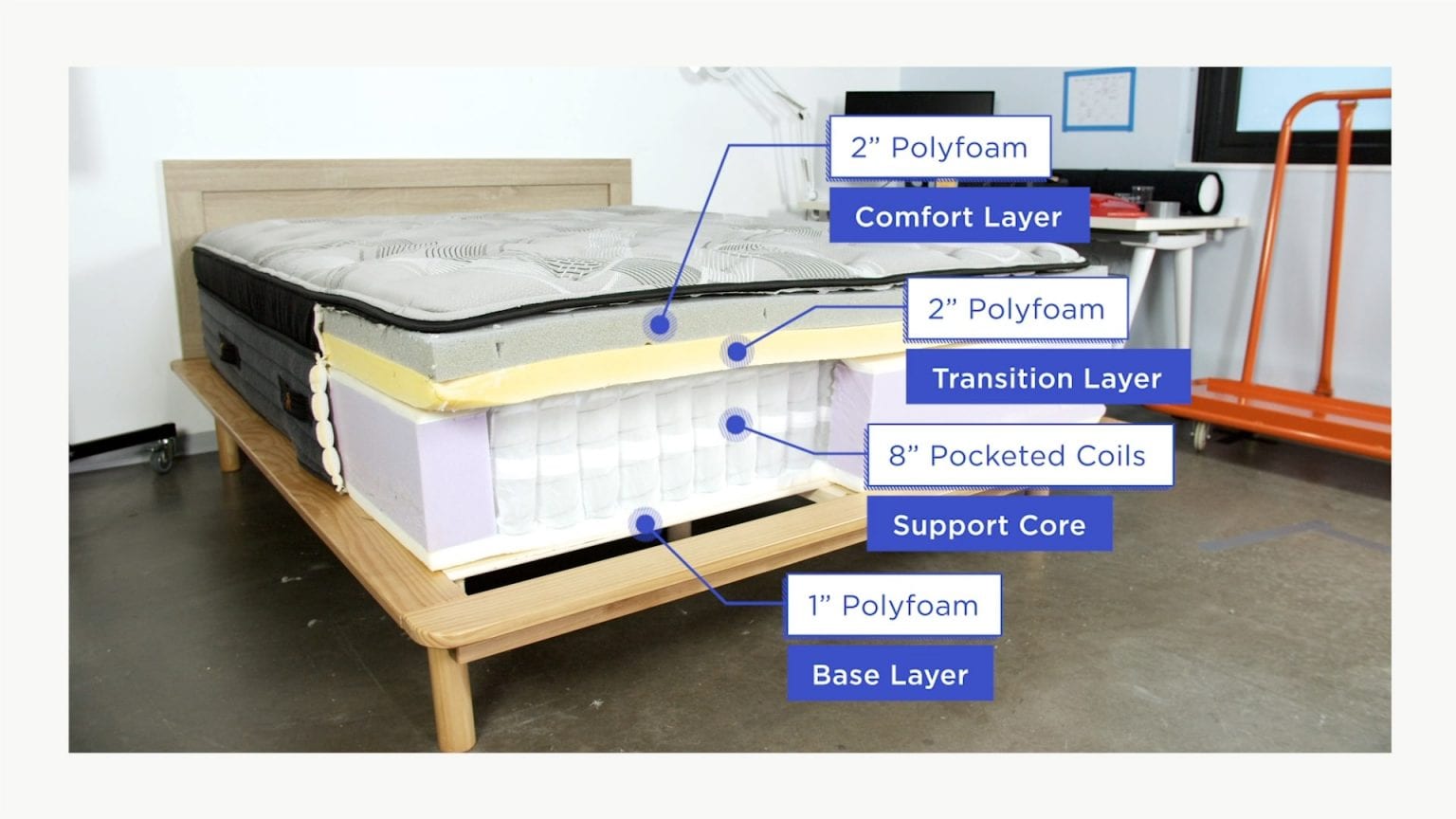
- Age: Memory foam mattress typically last for around 8-10 years. After this time, it may become harder and less comfortable.
- Improper Care: Memory foam mattresses require proper care to maintain their softness. Not using a mattress pad, flipping or rotating the mattress or not cleaning it regularly can cause it to become harder.
- High Temperatures: Memory foam mattresses are sensitive to extreme temperatures. Keeping your mattress in a hot room or exposing it to direct sunlight can cause it to become hard and less comfortable.
- Improper Support: Without proper support, memory foam can quickly become hard and uncomfortable. Make sure to use a quality bed frame and foundation to ensure your mattress is properly supported.
- Overweight: Memory foam mattresses are designed to support a certain amount of weight. If you exceed this weight limit, the mattress may become hard and uncomfortable.
How to Make a Memory Foam Mattress Softer
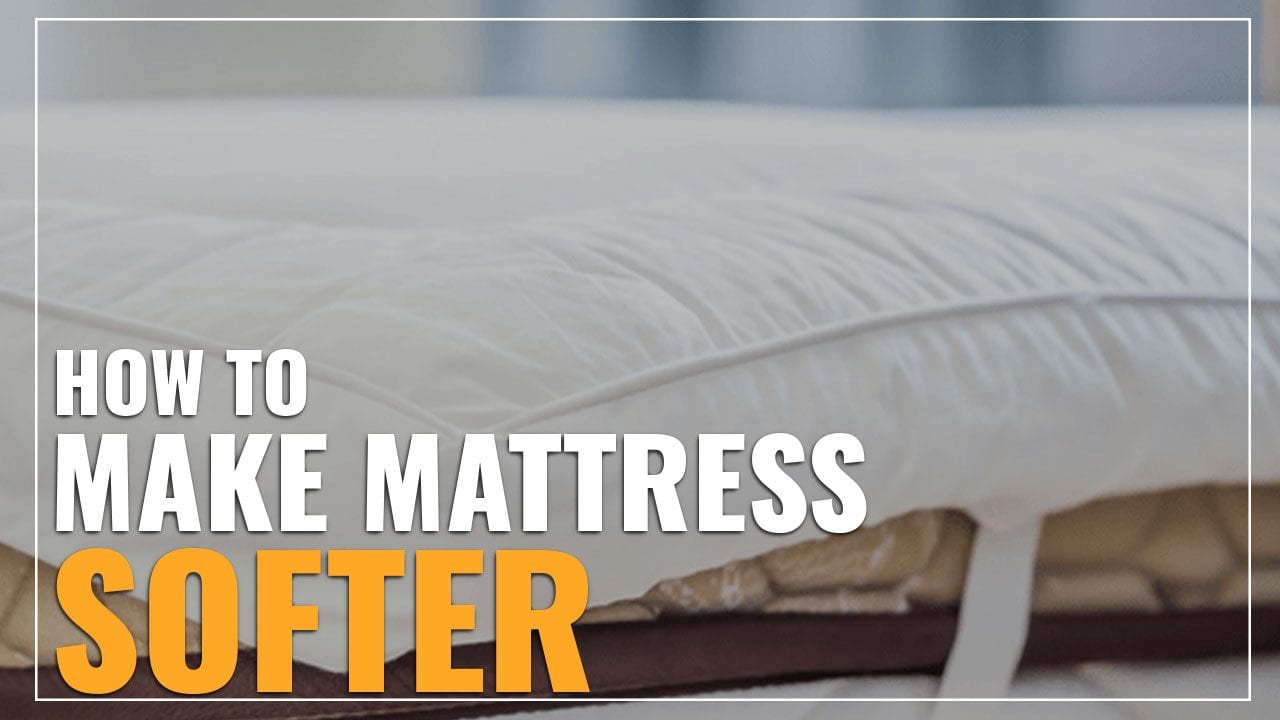
Add a Mattress Topper
Adding a mattress topper is one of the simplest and most effective ways to make a memory foam mattress softer. A mattress topper is a cushioning layer that sits on top of the mattress and adds comfort and support. It can be made from a variety of materials, such as memory foam, latex, or even feather and down.
Fluff Your Mattress
Fluffing your memory foam mattress can help make it softer. To do this, simply lay the mattress out flat and use your hands to gently press and fluff the foam. This will help to redistribute the foam and make it softer.
Use a Mattress Pad
Using a mattress pad is another great way to make a memory foam mattress softer. A mattress pad is a thin layer of cushioning that sits on top of the mattress and helps to provide extra support and comfort. It can be made from a variety of materials, such as wool or cotton.
Reduce the Room Temperature
Reducing the temperature in the room can also help to make a memory foam mattress softer. Memory foam is temperature sensitive, so if the room is too warm, it can cause the mattress to become stiffer. Lowering the temperature in the room can help to make the mattress softer and more comfortable.
Change Your Sleep Position
Changing your sleep position can also help to make a memory foam mattress softer. Different sleep positions require different levels of support, so changing your sleep position can help to redistribute the foam and make the mattress softer.
Why Is My Tempurpedic Mattress So Hard?
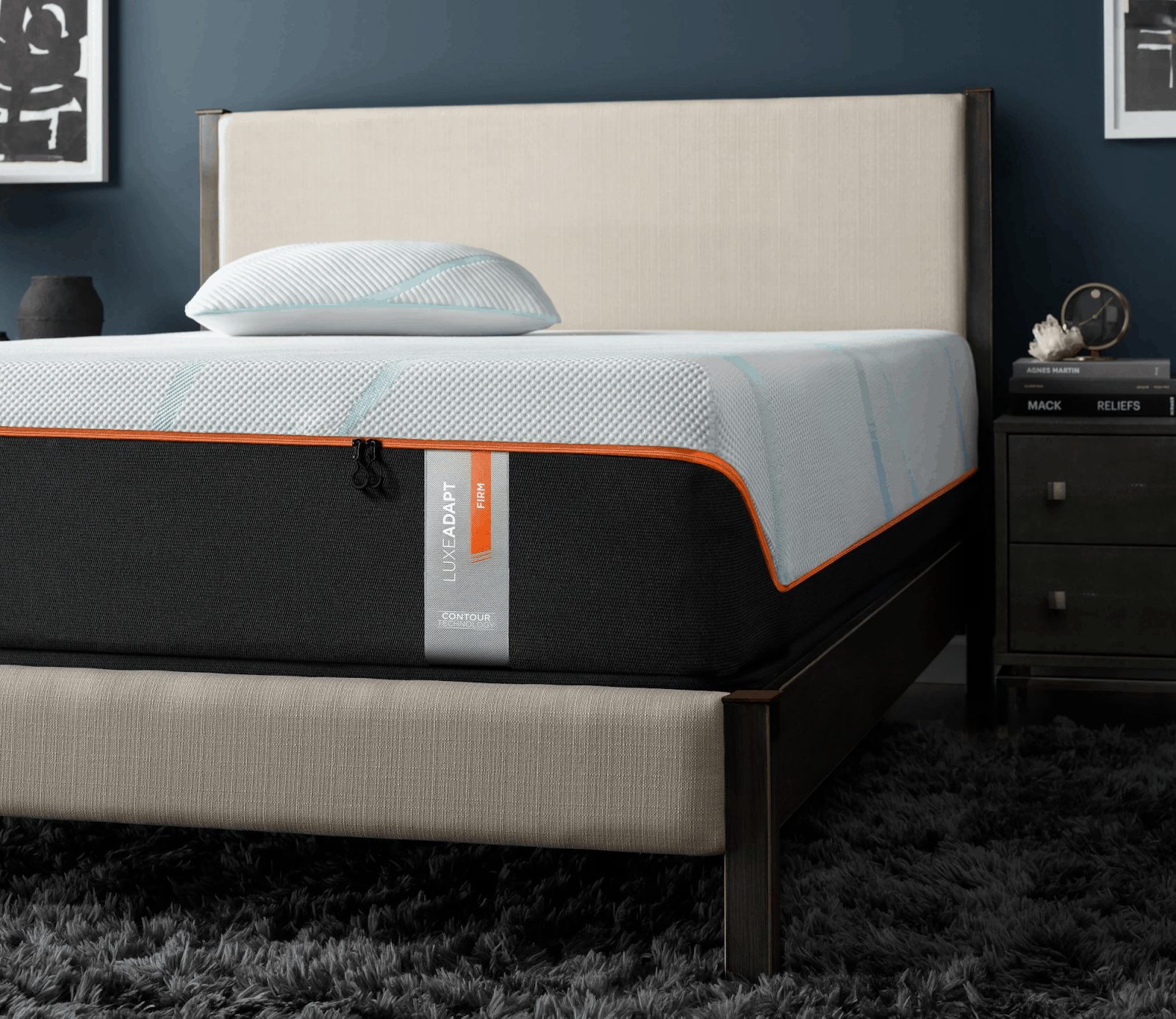
Many memory foam mattresses are designed to be firm and supportive. This can be beneficial to people with back pain, as it cradles the spine and relieves pressure. However, some people may find that the mattress is too firm and uncomfortable. Thankfully, there are a few ways to make the mattress softer and increase comfort levels.
Adjusting the Bed Frame
One of the simplest ways to make a memory foam mattress softer is to check the bed frame. If the frame is too rigid, it can be difficult for the mattress to fully expand and become soft. Consider getting a flexible bed frame that allows the mattress to move and conform to the body.
Adjusting the Foundation
The foundation of the bed can also be adjusted. If the foundation is too hard, it can prevent the mattress from fully expanding and soften. Consider getting a softer foundation or adding a mattress pad to cushion the mattress.
Using a Mattress Topper
Another option is to use a mattress topper. Mattress toppers are specifically designed to provide extra comfort and cushioning. They come in a range of thickness and softness levels, so it’s easy to find one that suits your needs.
By making a few adjustments and adding a mattress topper, it’s possible to make a memory foam mattress softer and increase comfort levels.
Other Ways to Increase Comfort Levels
Use a Pillow Topper
Adding a pillow topper to your mattress can help make it softer and more comfortable. Pillow toppers are typically made of foam or memory foam, and they provide an extra layer of cushioning, making the mattress feel softer and more supportive.
Use a Mattress Protector
A mattress protector is a thin layer of fabric that fits over the top of your mattress, helping to protect it from dust, dirt and allergens. It also helps to provide extra cushioning and softness, making your mattress feel softer and more comfortable.
Replace Your Pillows
If your pillows are old or worn out, it might be time to replace them. New pillows can help to provide extra support and comfort, making your mattress feel softer and more comfortable.
Sleep on a Cooling Mattress
Many mattresses now come with cooling technology, which helps to regulate body temperature while you sleep. Cooling mattresses are designed to stay cooler than traditional mattresses, providing a more comfortable sleep environment and making your mattress feel softer and more comfortable.
Frequently Asked Questions
How long does it take to make a memory foam mattress softer?
1. Topper
-
- – Adding a mattress topper is the quickest way to make a memory foam mattress softer. It can take anywhere from one to two hours to put the topper on, depending on the size of the mattress.
2. Air out the Foam – Air out the foam for a few hours before sleeping on it. This will help to soften the foam and make it more comfortable to sleep on.
3. Break in the Foam – Breaking in the foam is the most time consuming way to make a memory foam mattress softer. This can take several days or even weeks, depending on how much use the mattress gets.
4. Use a Heating Pad – Using a heating pad on the mattress can help to soften the foam and make it more comfortable. This may take a few hours but will be well worth the effort.
Is It Possible to Make a Memory Foam Mattress Too Soft?
Yes, it is possible to make a memory foam mattress too soft. It is important to note, however, that the ideal firmness or softness of a mattress is highly subjective and depends on the individual’s preferences. Here are some ways to make a memory foam mattress softer and increase comfort levels:
- Add a Soft Topper: Adding a soft topper to the mattress can help reduce the firmness of the mattress and make it feel softer. Toppers are available in a variety of materials and thicknesses and can be tailored to provide extra cushioning and support.
- Replace the Memory Foam Layer: Replacing the memory foam layer with a layer of softer foam can help soften the mattress and make it more comfortable. Soft foam layers are available in different densities and thicknesses and can be tailored to provide extra cushioning and support.
- Add Pillows: Adding pillows to the mattress can also make it feel softer and increase comfort levels. Pillows can be used to provide extra cushioning and support and help reduce the firmness of the mattress.
It is important to remember, however, that making a memory foam mattress too soft can lead to back pain and other issues. So, it is important to find the right balance of firmness and softness to ensure optimal comfort and support.
What types of materials can be used to make a memory foam mattress softer?
Memory foam can be made softer by adding additional layers of foam, such as an additional layer of memory foam, or a softer type of foam such as polyfoam, viscoelastic foam, or latex. Additionally, adding a topper such as a pillow top or featherbed can also help to make a memory foam mattress softer.
Fabrics and covers can also be used to make a memory foam mattress softer. Adding a mattress pad or topper can provide an extra layer of cushioning and help to make the mattress softer. Additionally, choosing a mattress cover with a higher thread count can also help to make a memory foam mattress softer.
Other materials such as wool, down, and cotton can also be used to make a memory foam mattress softer. These materials can be used as mattress toppers, mattress pads, or as part of the mattress cover.
- Memory foam
- Fabrics and covers
- Other materials such as wool, down, and cotton
How Often Should a Memory Foam Mattress Be Checked to Ensure Comfort Levels Are Maintained?
Monthly: Check for any visible damage or sagging. Flip and rotate the mattress to even out wear and tear.
Every 6 Months: Check for any indentations or sagging. Evaluate the mattress for comfort and adjust as needed.
Every Year: Check for signs of wear and tear. Replace the mattress if necessary.
Every 5 Years: Replace the mattress to ensure comfort and support.
Are there any risks associated with making a memory foam mattress softer?
Yes, there are some risks associated with making a memory foam mattress softer:
- It may cause the mattress to wear out more quickly
- It could reduce the lifespan of the mattress
- It could make the mattress too soft and uncomfortable
- It could cause the mattress to sink too much and provide inadequate support
- It could cause the mattress to sag and lose its shape
- It could cause the mattress to become too hot to sleep on
Therefore, it is important to take all of these risks into consideration before making any changes to a memory foam mattress.
Conclusion
Adding a mattress topper, using a mattress protector, rotating the mattress, and using a cooling pad are some of the ways to make a memory foam mattress softer and increase comfort levels. These methods can be used together or separately to create the desired level of comfort. Ultimately, finding the right combination of techniques is key to achieving a softer and more comfortable sleep experience.
